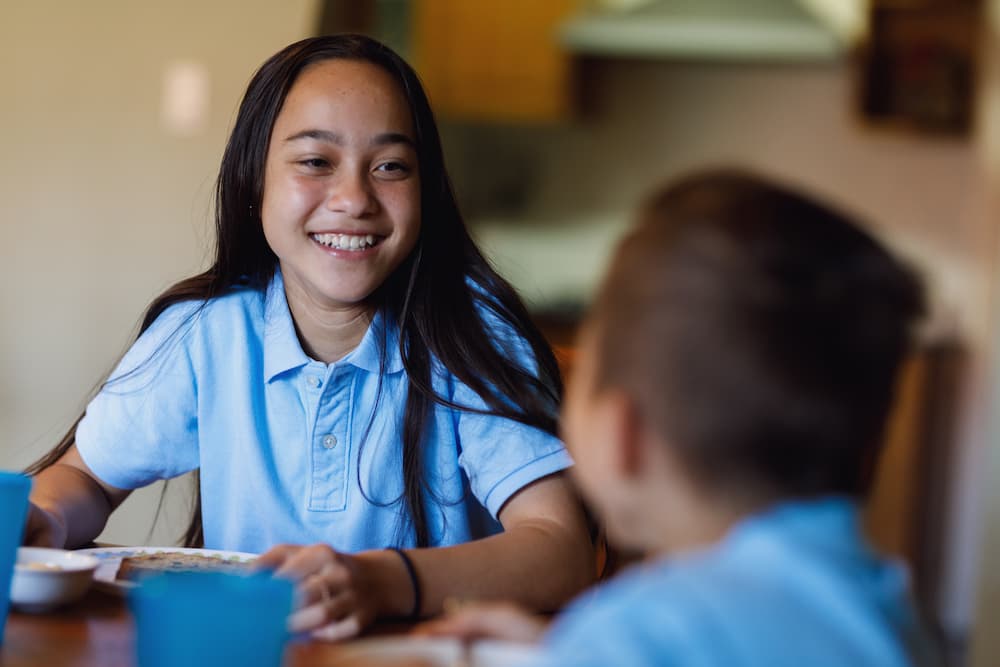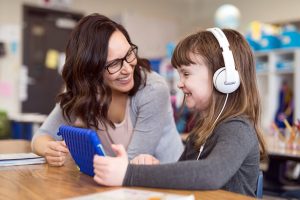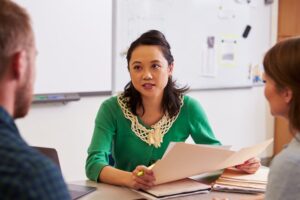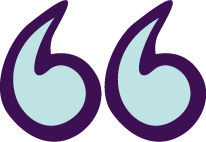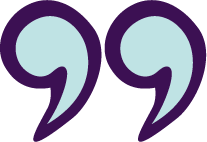Secondary school marks the next step in your child’s education and their journey towards greater independence.
As your child becomes a teenager it’s time to think about new ways of planning and supporting them in all areas of life, including school. This means including them more in decision-making. For example, having a say about what secondary school they will go to, how they will travel to and from school, as well as what will support them best at school.
Planning ahead is the best way to make sure your child is well prepared and supported when they start secondary school.
1. Enrol your child
Start by choosing the secondary school you would like your child to attend and complete the enrolment process. This can start in Grade 5. Schools cannot discriminate against students with disability. Once your child’s enrolment is confirmed you can work with the primary school and secondary school to support your child’s transition into Year 7.
2. What the primary school will do
Transition Statement
The primary school will put together a Transition Statement. This includes information about your child’s strengths, needs and strategies to support their learning. Your child will be asked to complete the ‘About Me’ section. In Term 4 the primary school will send the Transition Statement to the secondary school and also send you a copy.
Apply for funding
The Victorian Government has announced a new way of funding students with disability called Disability Inclusion. Over the next few years it will replace the Program for Students for Disabilities (PSD).
This is the timeframe when school areas are moving to Disability Inclusion.
Disability Inclusion rollout
| 2021 | 2022 | 2023 | 2024 | 2025 |
|---|---|---|---|---|
| Bayside Peninsula | Outer Eastern Melbourne | Inner Gippsland | North Eastern Melbourne | Hume Moreland |
| Barwon | Central Highlands | Ovens Murray | Southern Melbourne | Outer Gippsland |
| Loddon Campaspe | Mallee | Western Melbourne | Brimbank Melton | Wimmera South West |
| Goulburn | Inner Eastern Melbourne |
If your child’s school is in a Disability Inclusion area
For students who currently receive PSD funding, their secondary school will work with you to develop a Disability Inclusion Profile once they start at school or when the school changes to Disability Inclusion.
For students who have already completed a Disability Inclusion Profile, a new Profile will likely be completed once the student starts at the secondary school.
If your child’s school has not yet changed to Disability Inclusion
Students who receive support Level 1 to 4 through the Program for Students with Disabilities must complete a Year 6 to 7 Review.
Your child’s primary school will organise the review, normally in Term 1 or 2 of Grade 6. This is used to decide the level of funding support at secondary school.
Students who receive support Levels 5 and 6 automatically continue to receive funding support.
3. What the secondary school will do
Student Support Group
All students with disability should have a Student Support Group (SSG) to support their learning and wellbeing. This includes planning for the transition to secondary school.
The secondary school should set up a joint SSG meeting with the primary school in Term 3. This should include you, the Principal or their representative and relevant teaching staff. Other people who support your child’s educational or social goals can also be invited to the meeting.
Secondary school is a good time to have your child involved so they can ask their own questions and offer their own suggestions.
Orientation and transition programs
Orientation and transition programs help your child become familiar with the school and can reduce anxiety about what to expect.
These usually involve information packs, family information sessions (including a tour of the school and meeting relevant staff) and transition days for students. Transition days are generally held in Term 4.
Transition continues into the first few weeks of secondary school. Many schools have activities in Term 1 to help students get to know each other as well as a Year 7 camp early in the year.
Reasonable adjustments to support transition
You can ask for reasonable adjustments that will support your child during the transition to secondary school, such as:
- A schedule for transition days
- Detailed timetable for the first week of school
- Support from a buddy from primary school
- Colour-coded map of the school
- Photos of the classrooms, library, canteen, school fences, gates and signs
- Detailed schedule of Year 7 camp, grouped with students they know
- Meeting teachers and setting up equipment on the student-free days at the start of term
Once school starts
Agree with school staff about how you will communicate with one another.
Set up an SSG meeting early in Term 1 to talk about how your child is going. Continue to work on your child’s Individual Education Plan, including any behaviour support and reasonable adjustments.
Options for reasonable adjustments in secondary school are different from primary school. Examples can include:
- Assistive technology – voice recognition software, screen readers and adjustable desks
- Different assessment options – oral assessments instead of written or typed instead of handwritten
- Education support staff to act as a note taker during class
- A summary of when assignments are due
- Extra time to finish class work or projects
- Changing class schedules or locations
- Different ways to access information – adaptive or assistive technology, Auslan, multimedia, braille or illustrated text
- School support services – psychologists, speech pathologists and visiting teachers
- Specialised professional development or training for your child’s teachers and other staff as needed
- A social plan for break times
4. What you and your child can do
It’s ok for your child to have mixed emotions about starting secondary school. Reassuring them that this is normal may help. It can also help to talk about what will be the same as in primary school and what they can look forward to at secondary school.
Practical things you can do together include:
- Practicing the transport route to and from school
- Managing books, folders and devices
- Practicing the locker combination or requesting a lock that works for your child
- Making a list of what to take each day
- Colour coding the timetable
- Talking about how much information your child wants to share about their disability with friends and teachers
Starting secondary school can be an exciting time for students and families. With good preparation you and your child can approach this time with confidence.

